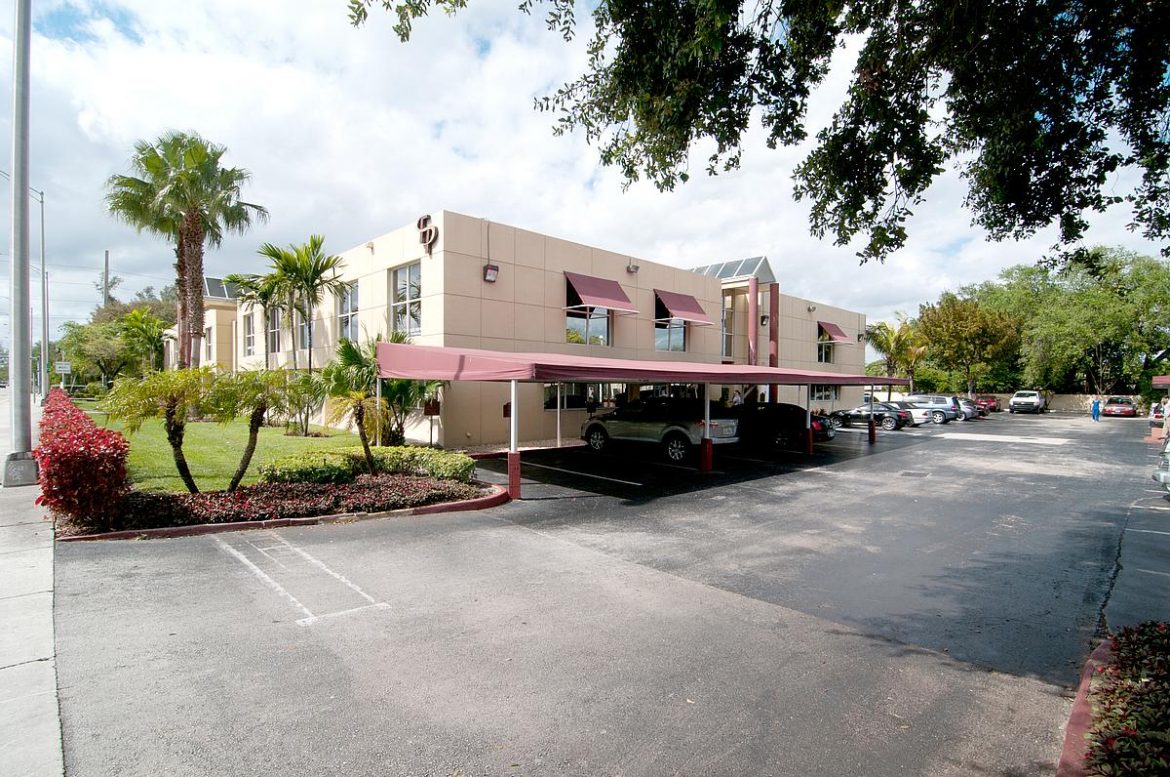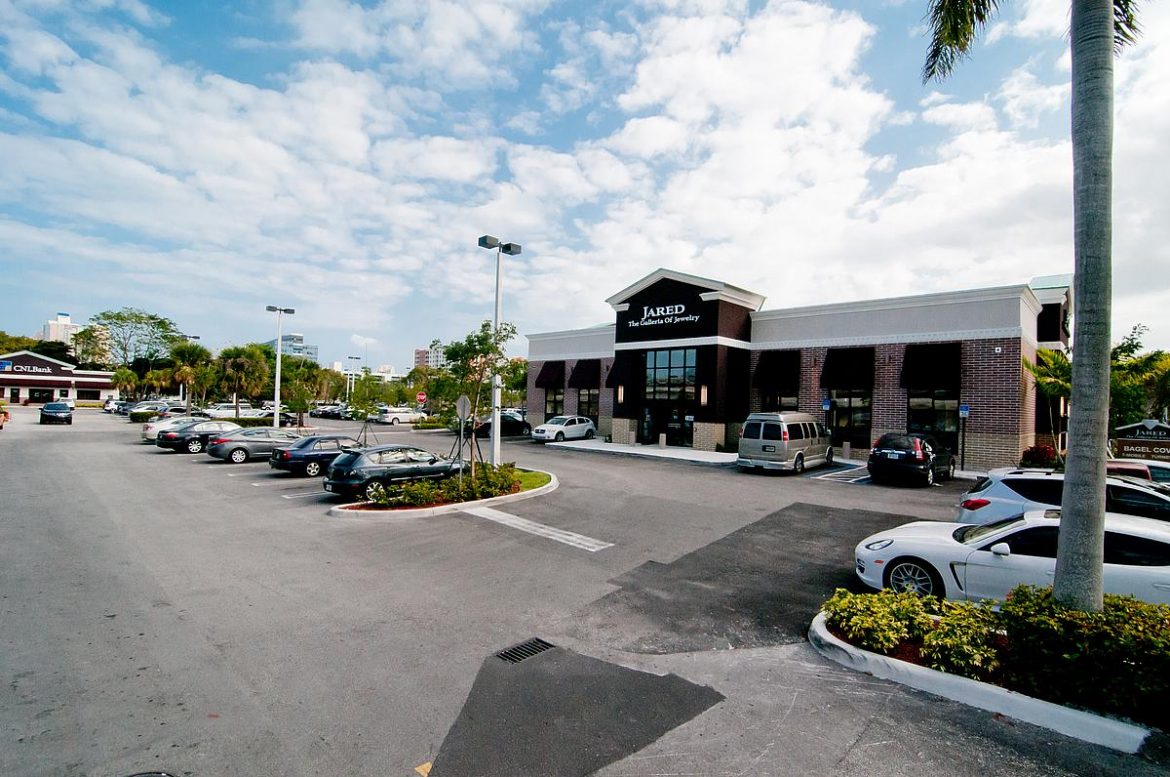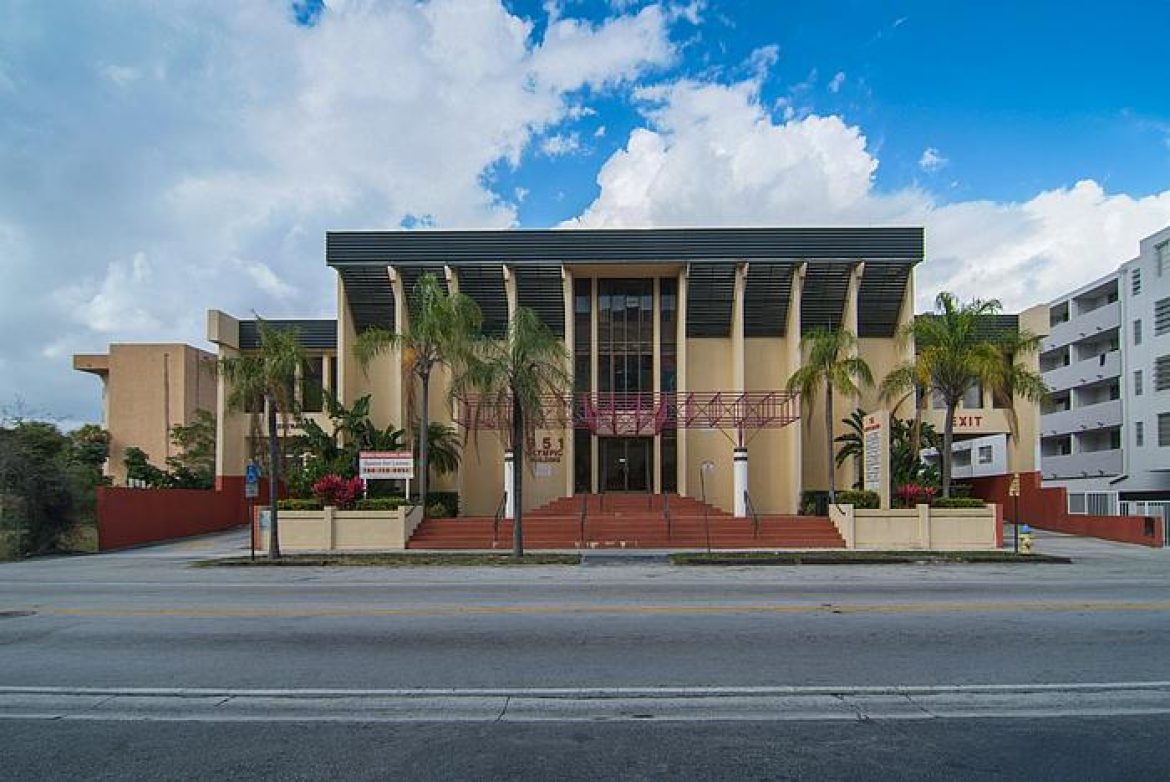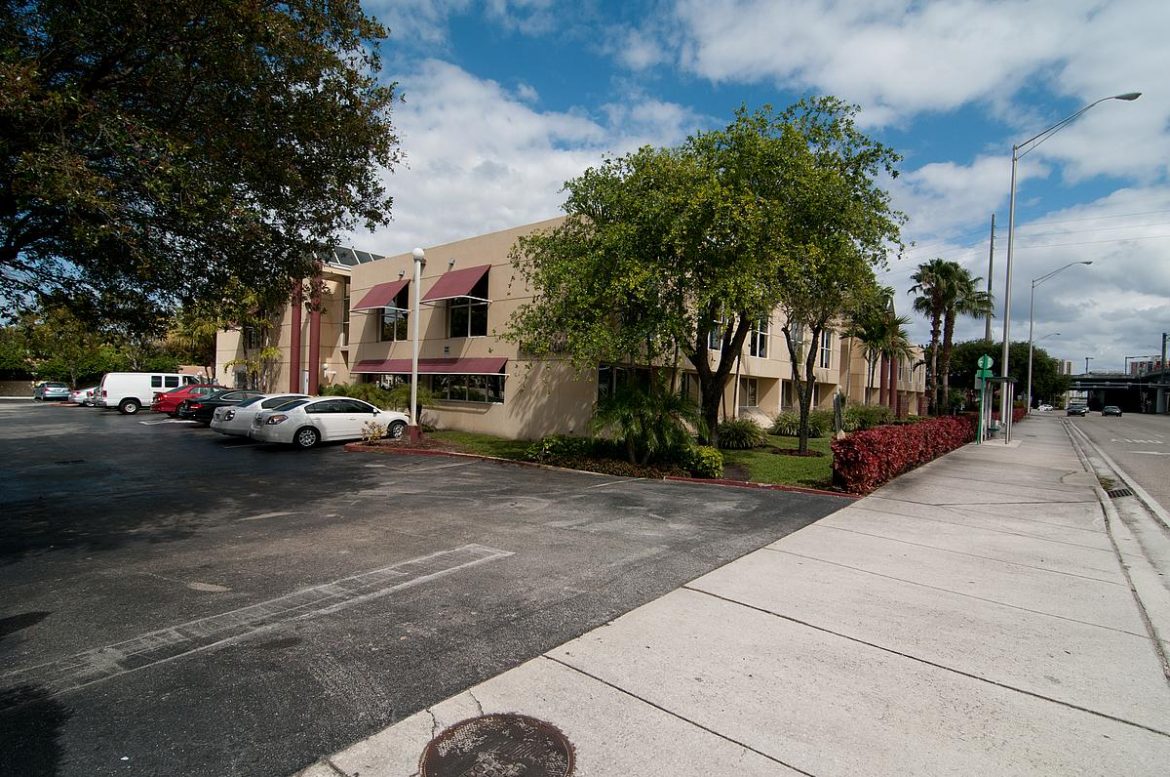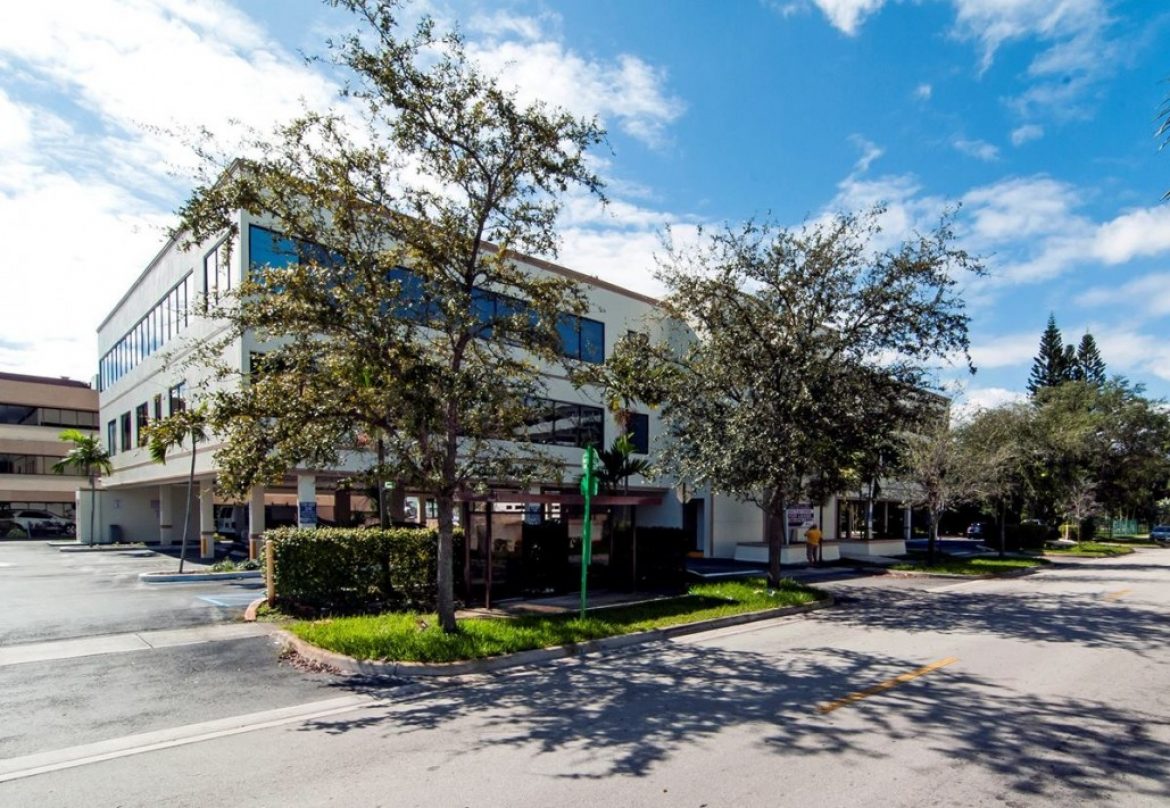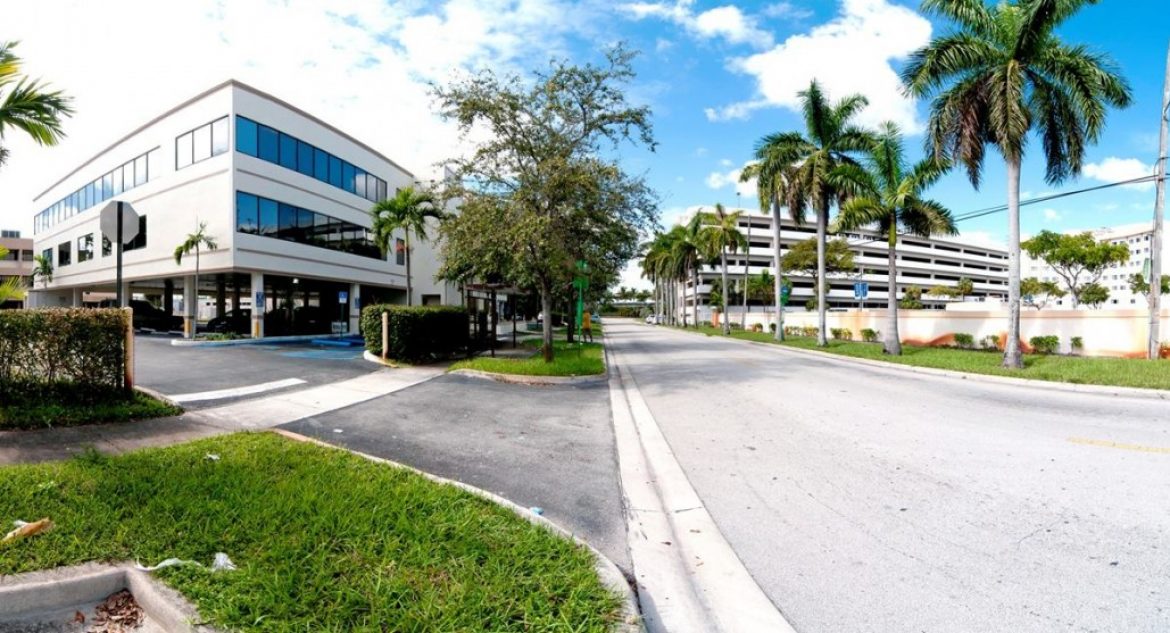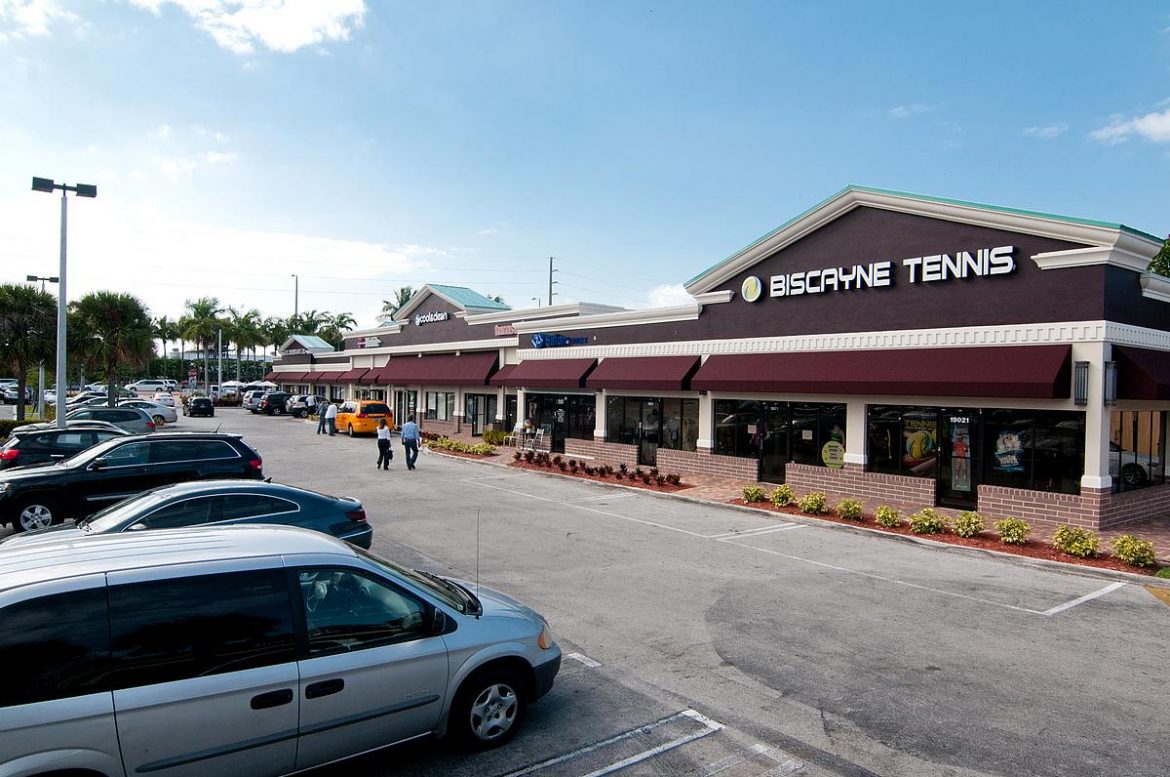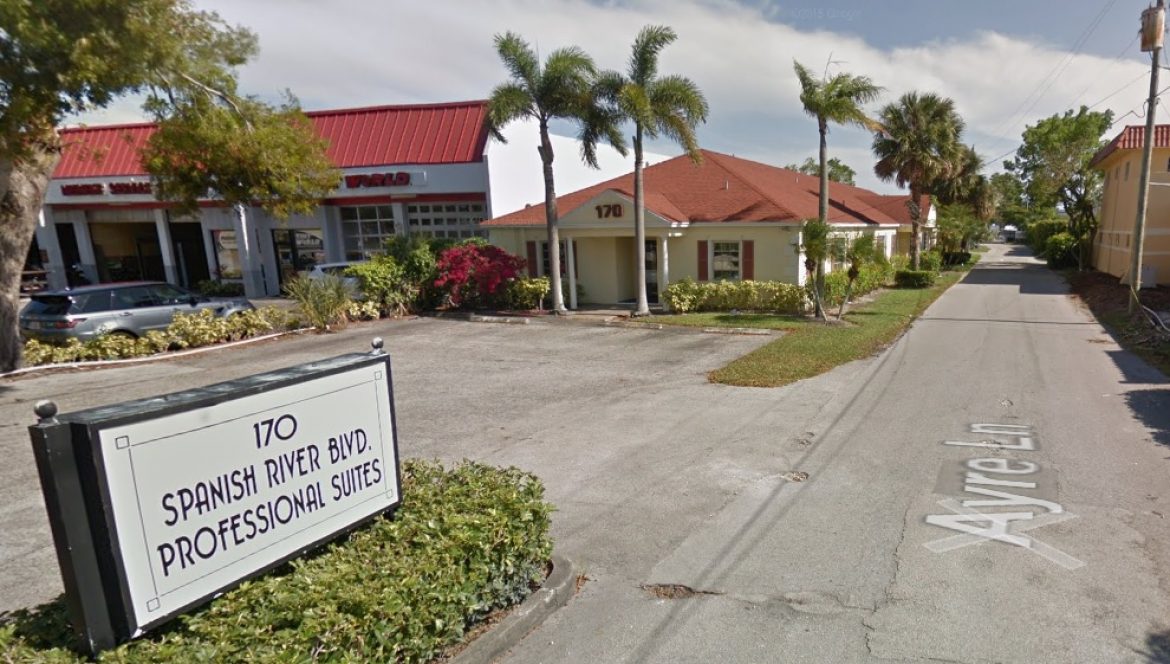
Last year, we might have viewed gentrification as one of the worst aggravators of the housing market. We did not expect a pandemic. We’ve spent months indoors, lost work or transitioned to telecommuting, and watched once-bustling streets go silent; and as the coronavirus persists, more and more people have fled cities to hunker down in rural locations.
The question of gentrification still looms, and in deciphering what this exodus means for the future of housing, some have looked to the phenomenon of disaster gentrification in particular.
“When [people] talk about disaster gentrification, they’re referring to instances where a community was hit by a disaster that caused, at a minimum, temporary displacement,” says Lance Freeman, a professor at the Graduate School of Architecture, Planning, and Preservation at Columbia University, and a leading researcher on gentrification. “In the rebuilding process, the area was rebuilt for people from higher social economic status households,” preventing original tenants from moving back to their neighborhoods and uprooting communities.
New Orleans in the wake of Hurricane Katrina is perhaps the best-known example of disaster gentrification—reported by CityLab: “Those neighborhoods with a higher percentage of physical building damage were more likely to have gentrified one decade after the storm”—but it has occurred in New York, Miami, and other cities that have experience major climatic disasters. With the pandemic now worldwide, it’s worth considering if the pattern will reappear, though for different reasons—namely, people forced out of their homes by financial hardship, and a migration from urban to rural areas.
For gentrification to occur, two things must happen. For one, “you have to have an area that has very low values on residential real estate, which involves disinvestment and [maybe] abandonment of certain areas,” says Bruce Mitchell, a senior analyst for the National Community Reinvestment Coalition (NCRC).
The second thing? Investment—or, as Freeman notes, a rebuilding of an area so that it effectively prices out the current residents in favor of higher-income renters and buyers.
Right now, the U.S. is currently in a recession, with about 31 million people unemployed. With so much uncertainty around when the pandemic will end, people will continue to suffer economically, especially those who live in lower-income communities, which are disproportionately people of color, notes Freeman.
“If you look at the number of predominantly white communities and then at the number of communities of color, the disinvestment in the community of color will be more disproportionate than in the white neighborhood,” he adds. “In that sense, you can say they experience more gentrification because they’re disproportionately in the working-class, disinvested neighborhoods.”
According to the Center for American Progress, “Housing instability triggered by the coronavirus pandemic is a growing threat across the United States, especially in communities of color.”
It notes that where 9% of white homeowners missed or deferred a mortgage payment in May, 20% of Black homeowners did the same.
If people of color and low-income communities continue to suffer economically, will they be forced to abandon their homes for areas that are more affordable, causing an abandonment or disinvestment of a neighborhood? And will that prime a neighborhood for gentrification to occur? Perhaps so—especially when you consider how many people in these neighborhoods are renters.
“In the short term, it looks like there are going to be a lot of repercussions having to do with the current rental crisis and the inability of people to pay their rent because they simply don’t have the income,” says Mitchell. “[If] people can’t pay rent, then landlords—particularly small landlords—are not going to be able to meet their mortgages, perhaps.”
While Mitchell views the eviction and rental crisis as something that may cause an increase in temporary homelessness, others are concerned that city residents will voluntarily turn to small towns and rural places due to the rise in telecommuting, or be forced into these areas in search of more affordable living.
“The workplace has increasingly moved into people’s homes,” says Mitchell. “It could result in movement out of central cities to areas that are less expensive.”
Rural gentrification has occurred in the past. Freeman notes, “In the New York area, you had these smaller towns in Upstate New York along the Hudson River that many artists and other creative types moved to starting at the latter part of the last century. They were drawn to those areas because housing is cheaper, [and] it’s scenic.”
Though some may have sought rural areas at the beginning of the pandemic, Freeman doesn’t foresee Americans moving to rural areas en masse.
“As we’re seeing in many of these smaller communities, you’re still not immune or protected from the virus, necessarily,” he says. “I think in the short term, perhaps that’s happening. I’ve seen anecdotes about it, but I don’t think it’ll be a permanent trend.”
We’ve also heard these anecdotes and reports of New York City residents moving to Upstate New York, Connecticut, and Vermont, or Californians in cities like San Francisco heading to Montana. In April, Redfin’s CEO said demand for rural homes was higher than for urban homes, and in May, the company noted that Redfin page views of homes in towns with fewer than 50,000 residents were up 87% year over year. And yet, the company also found that 27% of users who were looking to move during the pandemic were focused on metros like Las Vegas and Sacramento.
Comparing these statistics to actual homebuyer behavior will take time. In the meantime, we should keep in mind that many reports of city dwellers migrating to rural areas have centered on residents of metropolises in California and New York; those anecdotes are not necessarily representative of the entire nation.
Shad Bogany, a realtor who serves on the board of directors for the Houston Association of Realtors (HAR), feels similarly to Freeman. While he notes that the real estate market dipped in April and May, Bogany says that people are currently buying and selling houses in droves. “We don’t have enough houses to sell,” he says.
For Bogany, there’s one reason that the market has remained strong, and it’s not that buyers are moving to areas they deem safer or cheaper—rather, “people are making decisions based on the low interest rates.”
Source: Dwell

